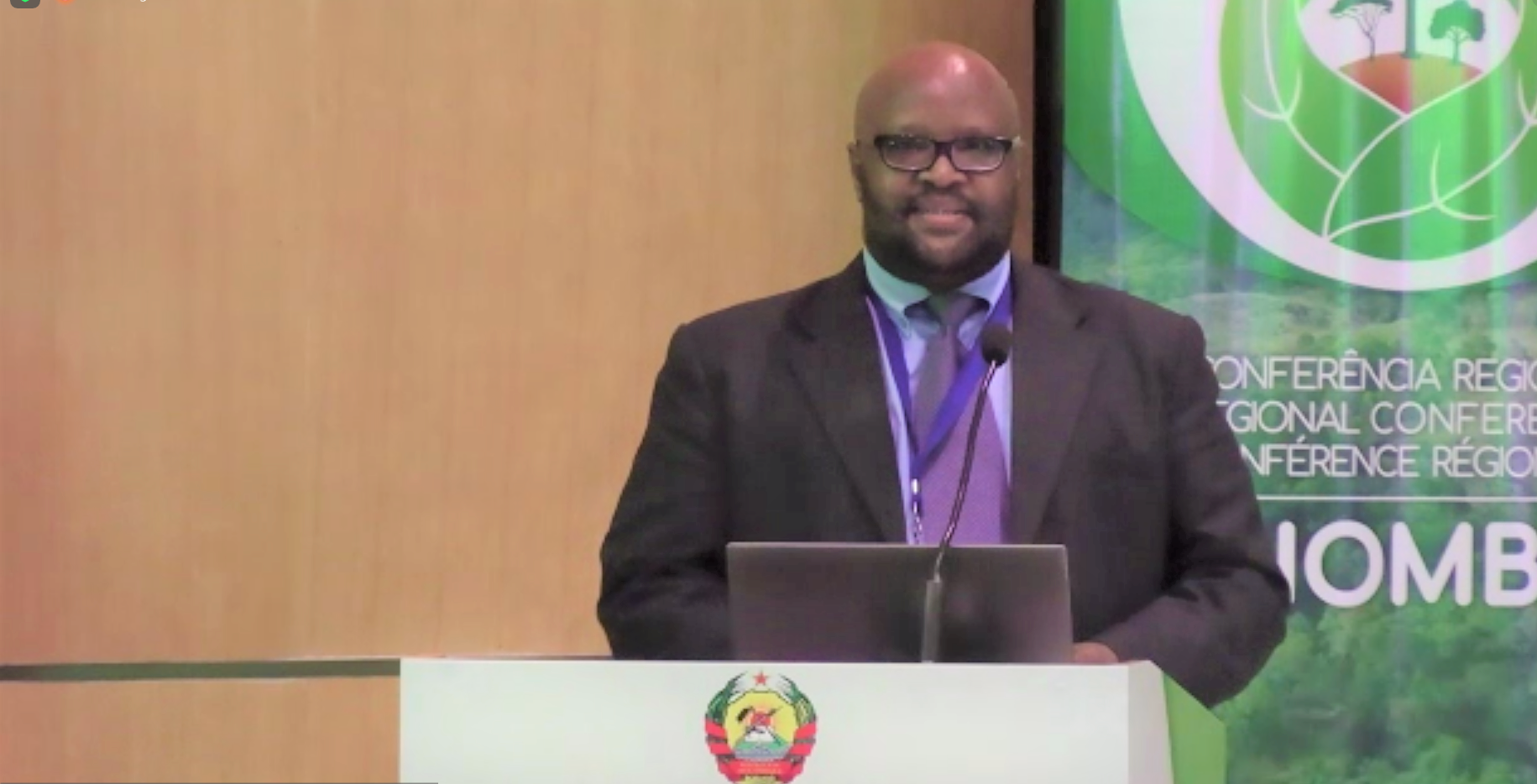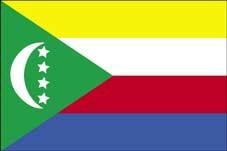SADC Region forges Sustainable Management of the Miombo Forests

The Miombo network organized a Regional conference on the sustainable management of the Miombo forests. The conference aimed to capitalize on and promote regional partnerships for sustainable and integrated management of Miombo forests in Angola, Democratic Republic of Congo(DRC), Botswana, Namibia, Tanzania, South Africa, Malawi, Mozambique, Zimbabwe and Zambia. The conference lasted from the 4th to the 5th August 2022 at the International Conference Centre Joaquim Alberto Chissano in Maputo.
The Miombo woodland is a tropical and subtropical grassland, savannas, and shrublands biome located primarily in Central Africa. The Miombo woodlands are essential to the livelihoods of many rural people who depend on the resources available from the woodland. The wide variety of species provides non-timber products such as fruits, honey, fodder for livestock and fuelwood. Miombo woodlands can be classified as dry or wet based on the per annum amount and distribution of rainfall. Dry woodlands occur in those areas receiving less than 1000 mm annual rainfall, mainly in Zimbabwe, central Tanzania and the southern regions of Mozambique, Malawi and Zambia. Wet woodlands are those receiving more than 1000 mm annual rainfall, mainly located in northern Zambia, eastern Angola, central Malawi and southwestern Tanzania. Miombo woodlands are home to elephants, rhinos, giraffes and other diverse wildlife.
The importance of the Miombo woodlands led to the convening of the regional conference in Maputo, where His excellency Mr Adriano Maleiane the Prime Minister of Mozambique, officially opened the meeting. He welcomed the participants from around the continent. He re-emphasized the importance of preserving the Miombo as it is critical to retaining ecosystems and climate resilience and for economic strengthening.
CCARDESA Executive Director Dr Cliff Dlamini was a guest speaker at the conference. He discussed policies that can strengthen sustainable and responsible management of forest resources in the region, promote safeguards and capitalize on the best climate resilience the Miombo ecosystem provides. Speaking during his presentation , Dr Dlamini said that the conference could not have come at a better time as this is when CCARDESA is considering integrating Forestry and aquaculture into its programs.
Dr Dlamini noted that as research coordinators, CCARDESA is alarmed at the decline of the Miombo woodlands from 2.7 Million to 1.9 Million kilometre square. Land degradation, biodiversity loss, and increased carbon emission are critical threats to the Miombo. If trees are cut, we will not have carbon sequestration.
Dr Dlamini further indicated that the Miombo could not be managed in isolation from local communities. Local communities must be involved in policy development and management of the Miombo ecosystem so that their concerns are addressed and suitable strategies designed to align with the Community's needs. He informed the participants that there is an urgent need to use effective approaches including Participatory Forest Management (PFM) and Community Based Forest Management (CBFM) to transform communities and the Miombo.
Dr Dlamini also noted the research gaps in the sustenance of the Miombo. To fill the existing gaps and challenges, Dr Dlamini proposed researching to fully understand the impacts of the different ecosystem drivers on biodiversity. He also suggested probing the capacity of biodiversity to supply and underpin goods and services (current and future). He further proposed questioning the patterns of genetic diversity of essential species across environmental gradients and how different land cover types affect the existing patterns of biodiversity. Lastly, he suggested interrogating how biodiversity changes affect the availability and accessibility of resources to rural and urban dwellers.
Dr Dlamini also intimated the need for modern technology such as remote sensing, which can help monitor forest degradation, e.g. deforestation. These can also help generate valuable research data to inform management and ultimately contribute to ecosystem sustainability.
Other presenters from the region also shared their challenges, opportunities and threats to the Miombo.
Among the presenters, Ms Judite Kamoto from Malawi highlighted that forests contribute to the National Gross domestic product(GDP) through employment and energy provision. She stated that rural communities depend on forests for energy, a point which should never be overlooked.
Mr Katani Josiah from Sokone University shared the strategies that the Tanzanian government has put in place to protect the Miombo, including the deployment of soldiers to guard the forest reserves to ensure that it is safe from unwanted settlers. He also cited some policies the government introduced, such as putting a uniform price for charcoal to benefit the Community economically. Mr Ketani also mentioned the initiatives such as joint forestry management (JFM), where the government works closely with communities to preserve forestry. Furthermore, he said the Community based Management (CFM), where the forests are not reserved, the government could devise ways of incentivizing the communities so that the woods are not entirely depleted.
Mr Jonathan Muledi also shared his experience in the Democratic Republic of Congo. Conflict in the various frameworks that exist in preserving the Miombo and deforestation due to massive mining activities, bricks, and redwood, commonly known as the Mukula, are some of the challenges he alluded to, which could, unfortunately, lead to the Miombo's extinction. Mr Muledi noted a severe decline in forests of 36% from 2007 to 2017 due to mining activities. There is also a challenge of uncontrolled internal migration of the population in search of alternative sources of income. He also mentioned auctioning some parts of miombo forests for oil and gas blocks. Despite these challenges, Mr Muledi cited the unrelatable support that his government is providing in raising awareness at all decision-making levels to ensure the Miombo's preservation. Another positive is the availability of funders and the private sector willing to ensure afforestation and conservation of the forests.
The conference also highlighted the need for knowledge management as critical in ensuring that knowledge and information is disseminated with key stakeholders to enhance the sustaining of the Miombo. Preservation of the Miombo is an integrated and complex problem; therefore, there is a need for systems thinking, integrated approaches and monitoring processes to address the elephant in the house thoroughly.

























































